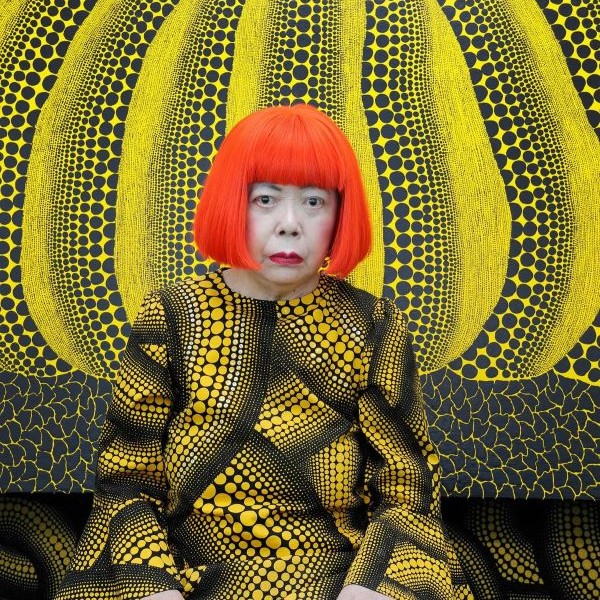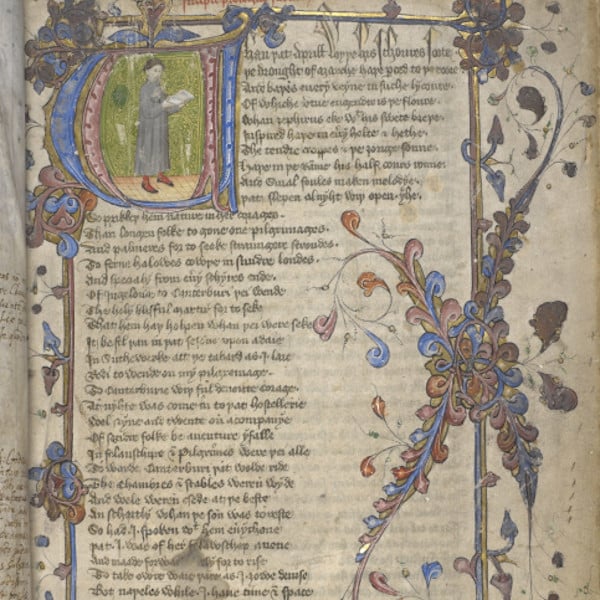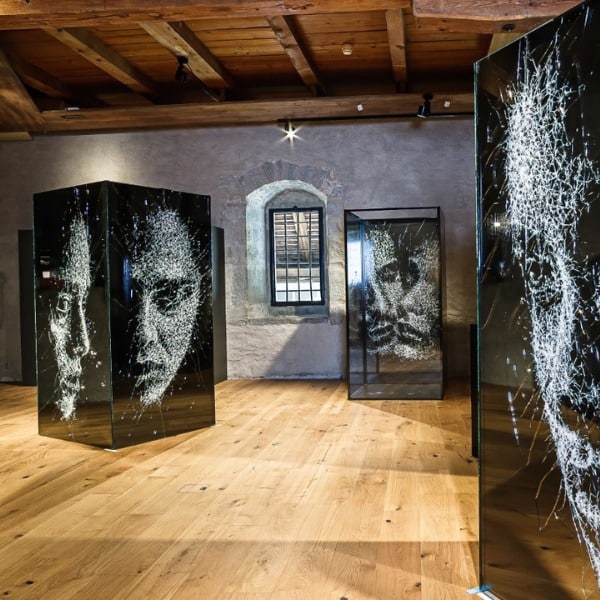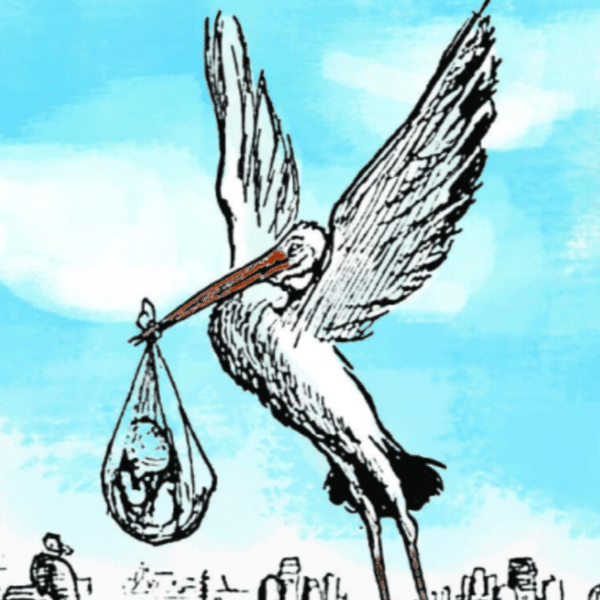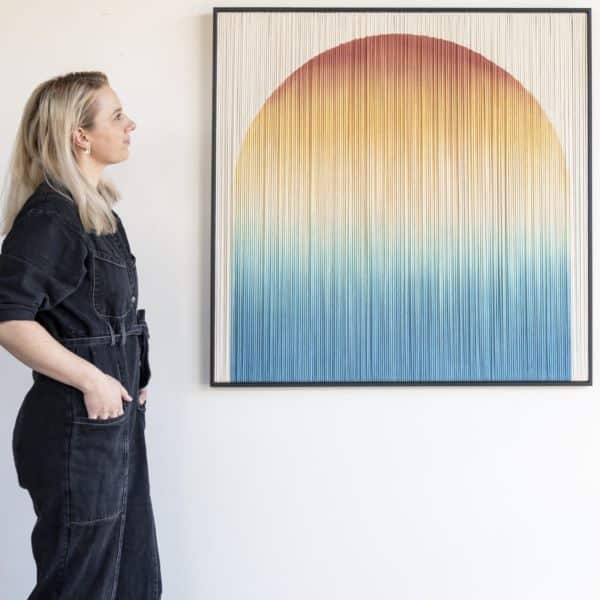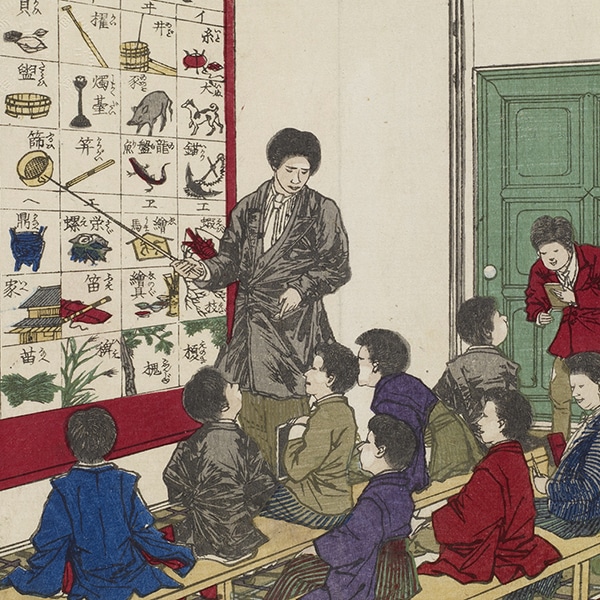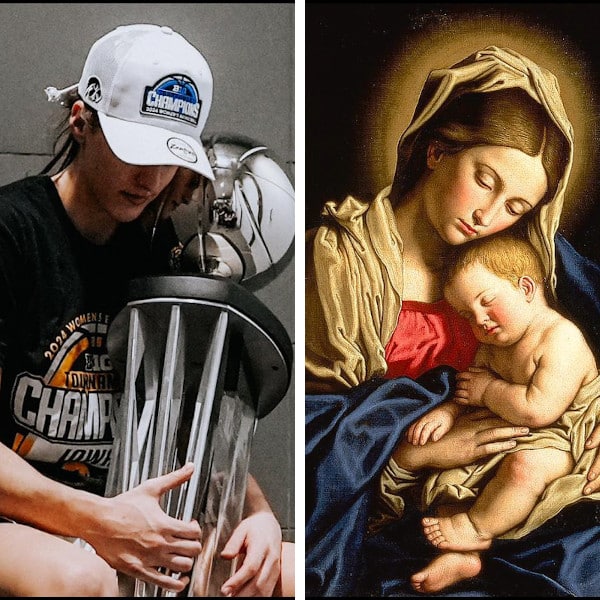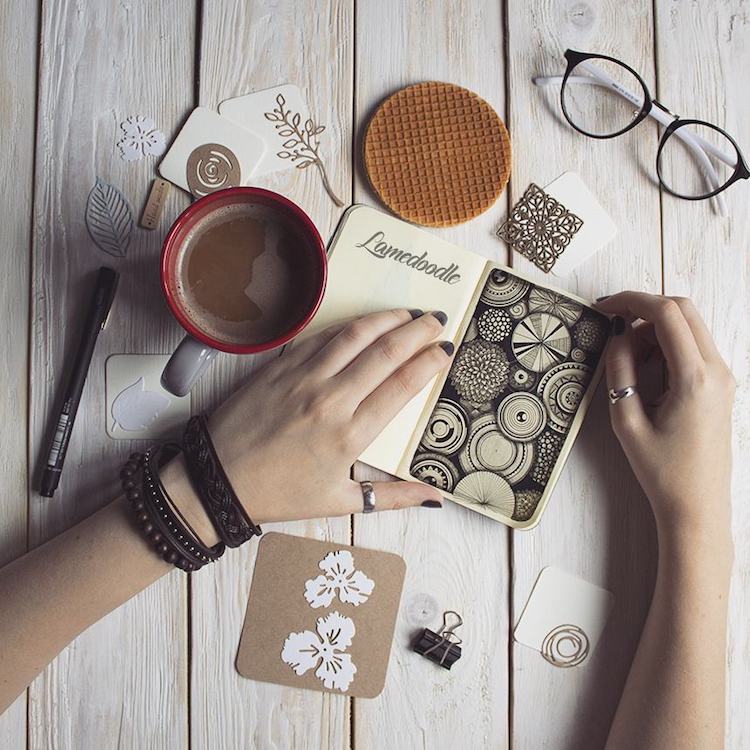
Photo: @lamedoodle
This post may contain affiliate links. If you make a purchase, My Modern Met may earn an affiliate commission. Please read our disclosure for more info.
The adult coloring book craze has been around for many years and inspired busy grownups to take a moment and create—without deadlines or expectations. But if you're an avid colorer who's looking to change up your creative routine, we have something new to try: a zentangle. Like coloring, zentangle art is easy to do and offers a relaxing way to engage in art-making. Rather than filling in someone's drawings, however, you are the one producing the patterns.
Rick Roberts and Maria Thomas are the founders of the Zentangle Method, which is the foundation that the activity is built on. As its origin story goes, Thomas would idly draw patterns atop a manuscript that she was working on. In speaking to Roberts, she said that during these moments, she felt a “freedom and well-being and complete focus.” Roberts, a former Buddhist monk, identified this as meditation, and the two then created a system so that others could experience the same bliss. The Zentangle Method was born.
What is the Zentangle Method?
Roberts and Thomas established eight steps of the Zentangle Method. By following them, you're exercising your creativity as well as engaging in self-care. The eight steps are:
- Gratitude and appreciation. Be in the moment and thankful for your tools and the time you have to create something.
- Corner dots. Afraid of the blank page? They instruct you to place a “light pencil dot” in each corner of a 3.5″ square paper that's about a pen's width away from the edges.
- Border. Connect the dots you just made with a line to create a square.
- String. Separate the sections of your square with lines they call “strings.” The marks can be curvy, straight—whatever you like.
- Tangle. A tangle is defined as a “sequence of simple strokes that make up a pattern.” Draw these elements inside of the strings and borders. Be deliberate as you make your strokes and focus on the pen as you do so. “Trust that you'll know what to do next,” they write, “when the time to do it comes.”
- Shade. Add shading with a pencil to give your tile form.
- Initial and sign your work. Put your initials on the front of your artwork and sign the back. You might add the date and any other comments (like how you felt) when creating it.
- Appreciate. Relish in the fact you made something!
Don’t let these steps intimidate you. Zentangles are created with repetitive patterns and are meant to be abstract. Above all, they’re supposed to encourage mindfulness, intuitive thinking, and empowerment by proving that you too make beautiful works of art.
Since its creation, zentangles have taken the world by storm. There are plenty of resources to help you make the most of this activity. Some sites, like Tangle Patterns, offer templates you can download. Alternatively, you can buy a grid notebook to map out your own shapes. But once you get comfortable with zentangles, challenge yourself with more unconventional shapes—or even make entire compositions comprising “tangle” patterns.
If you enjoy coloring books but want to switch up your creative routine, try zentangle art.
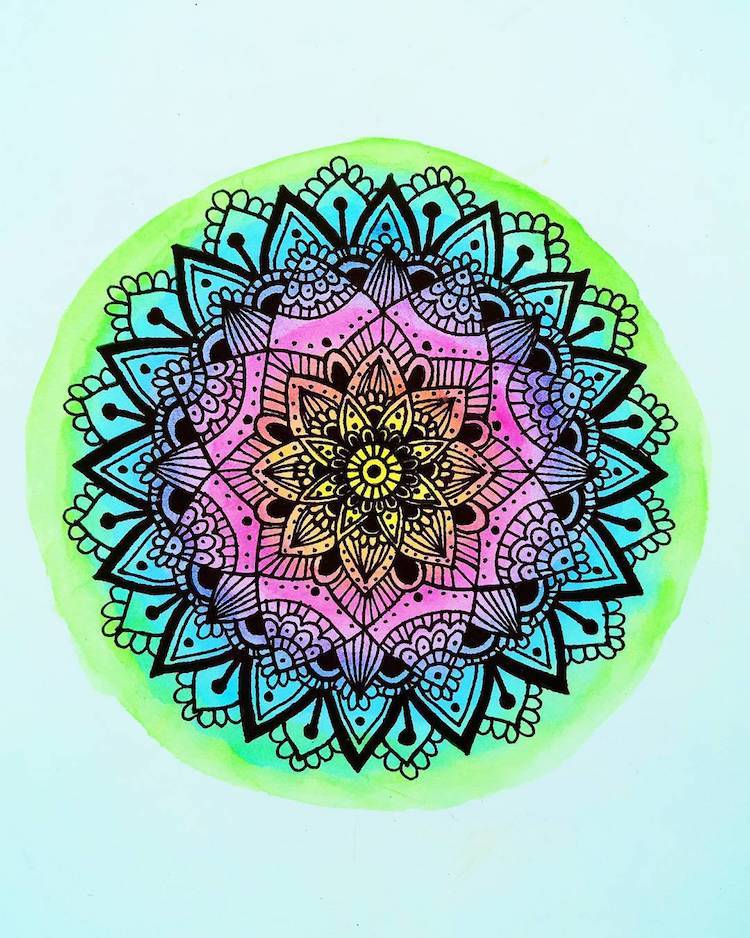
Photo: @iraniart_bello
It has the same calming effects as coloring but involves drawing—specifically simple, abstract patterns.
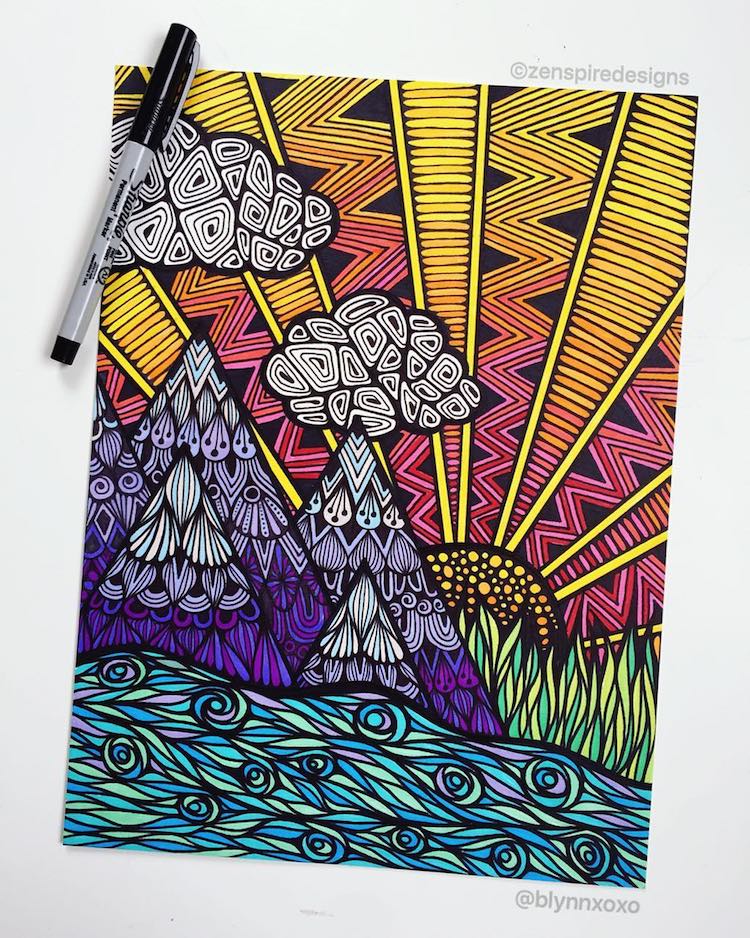
Photo: Brita Lynn
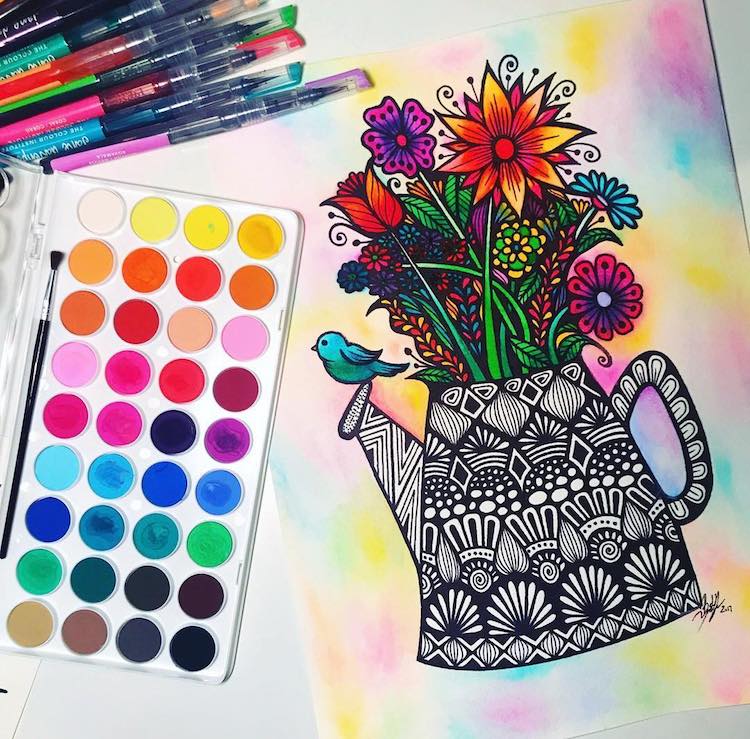
Photo: Brita Lynn
While many people create detailed zentangle drawings, the Zentangle Method is much simpler than that. Here's how you start one:
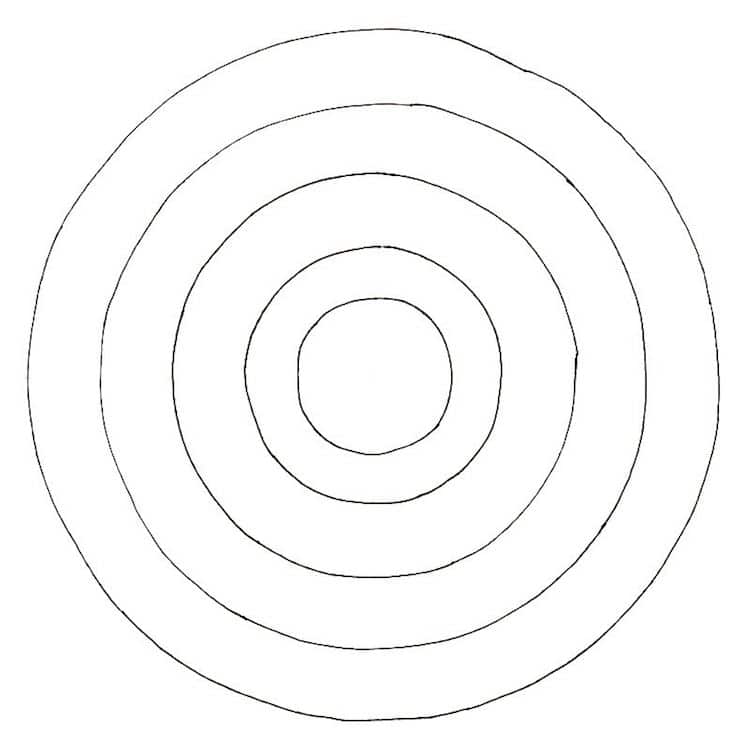
Photo: Craftwhack
Begin by drawing a simple shape like a circle or square. Then, fill it in with whatever patterns you like:
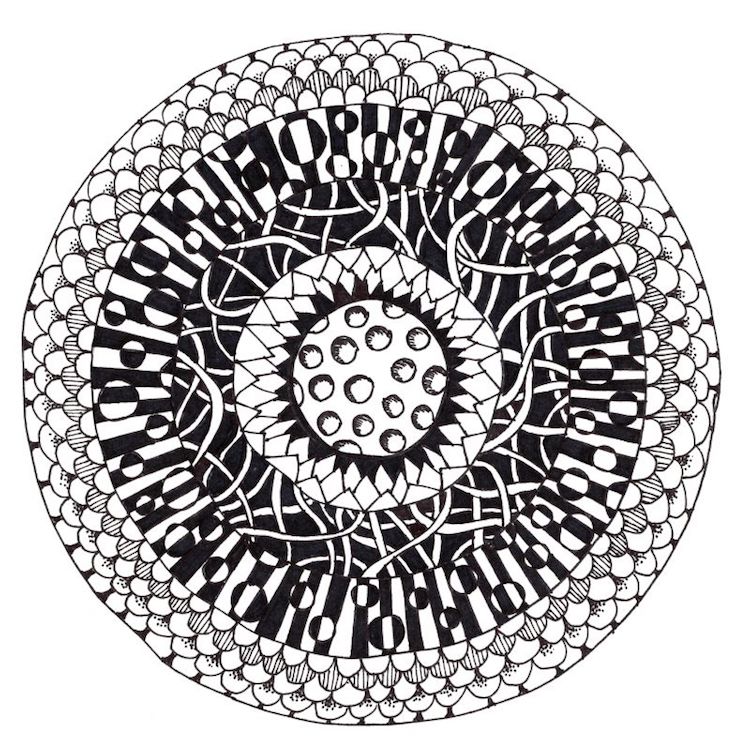
Photo: Craftwhack
That's it! Just let yourself draw; zentangles are all about “freedom, well being, and complete focus.” You should feel lighter after finishing one.
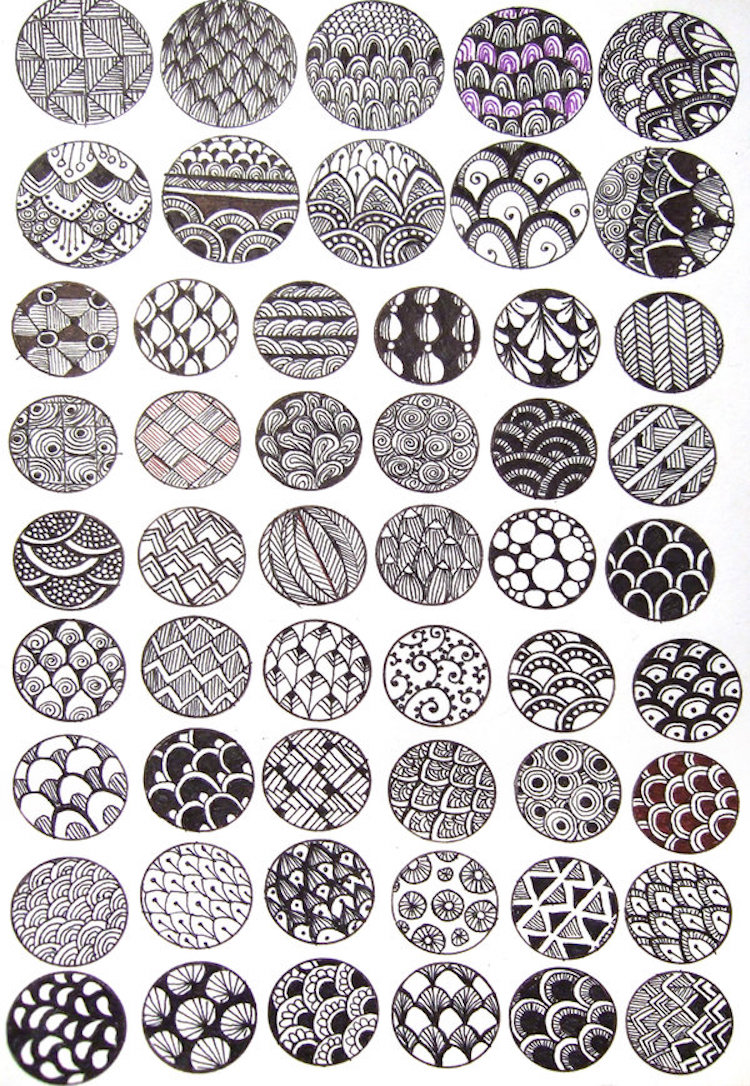
Photo: Yael360
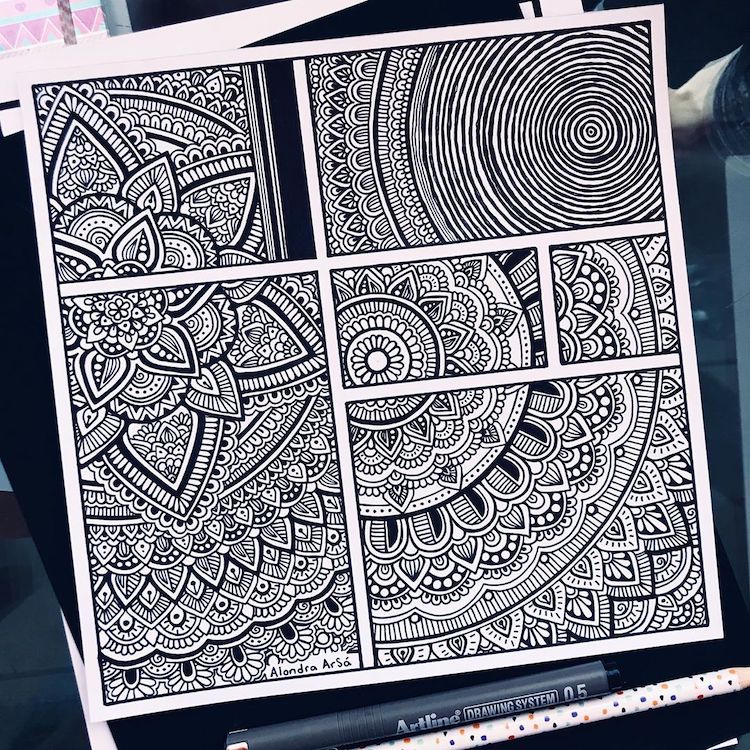
Photo: Alondra Arellano
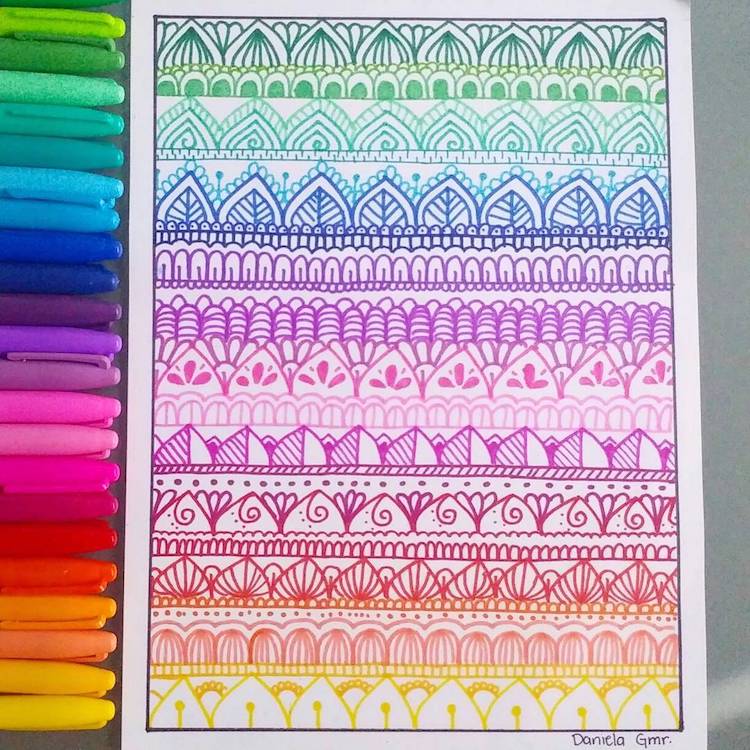
Photo: @danielagmr_art
Here are some more advanced zentangle ideas that combine it with elements of realism.
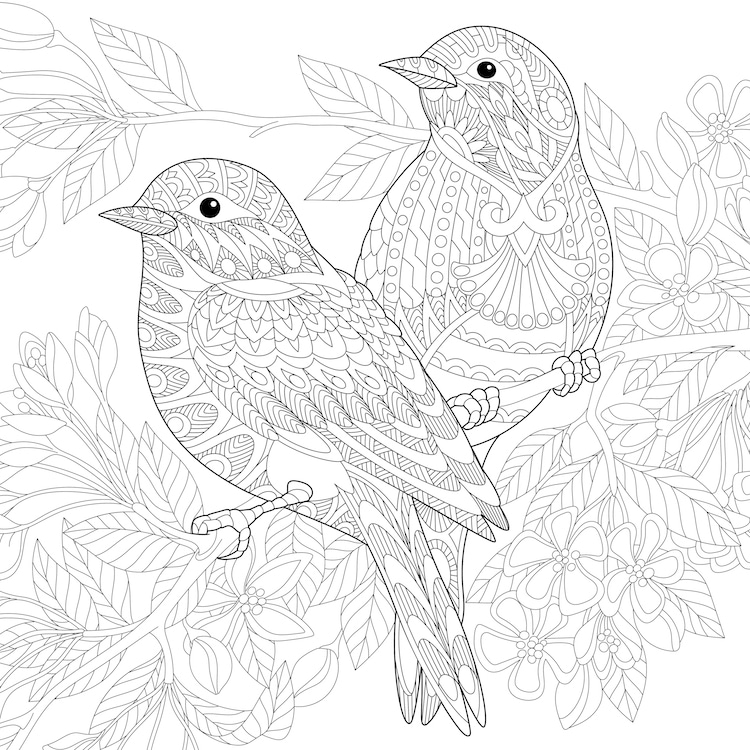
Photo: Big Boy / Shutterstock
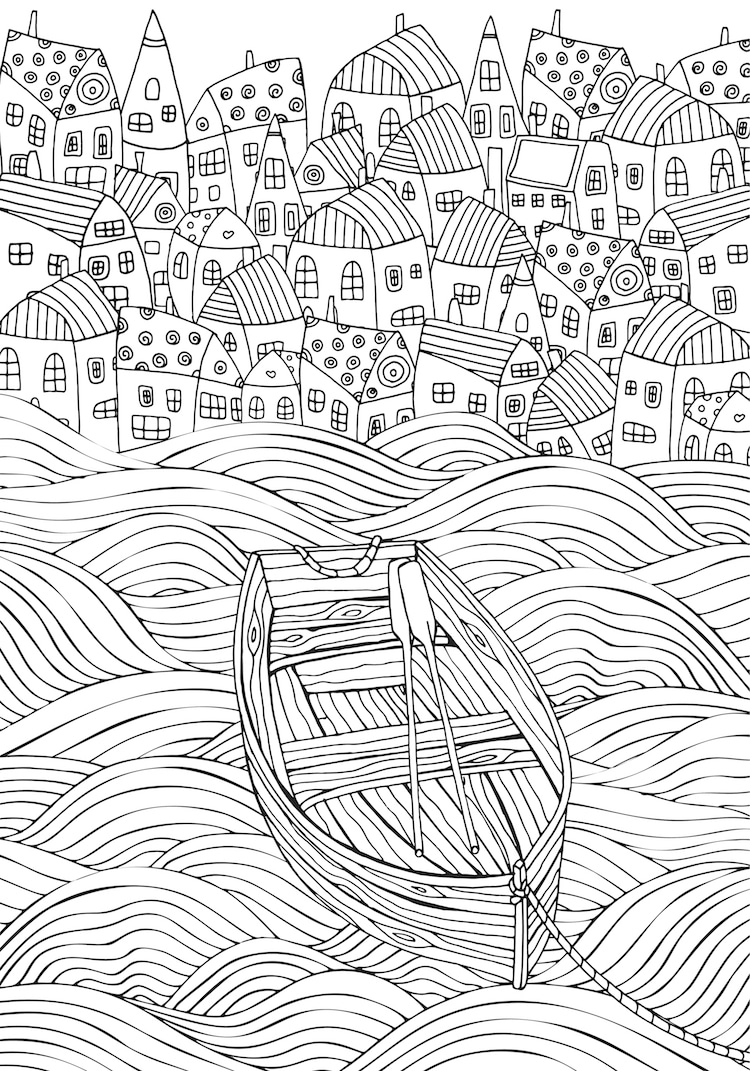
Photo: ImHope / Shutterstock
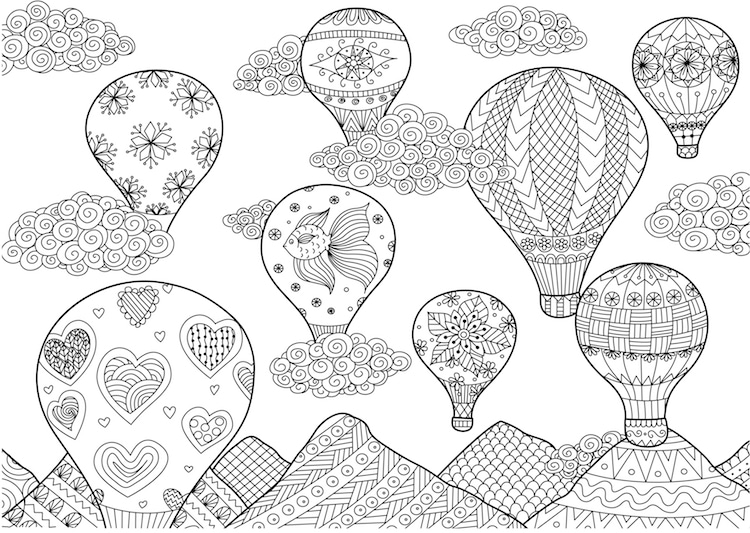
Photo: Bimbim / Shutterstock
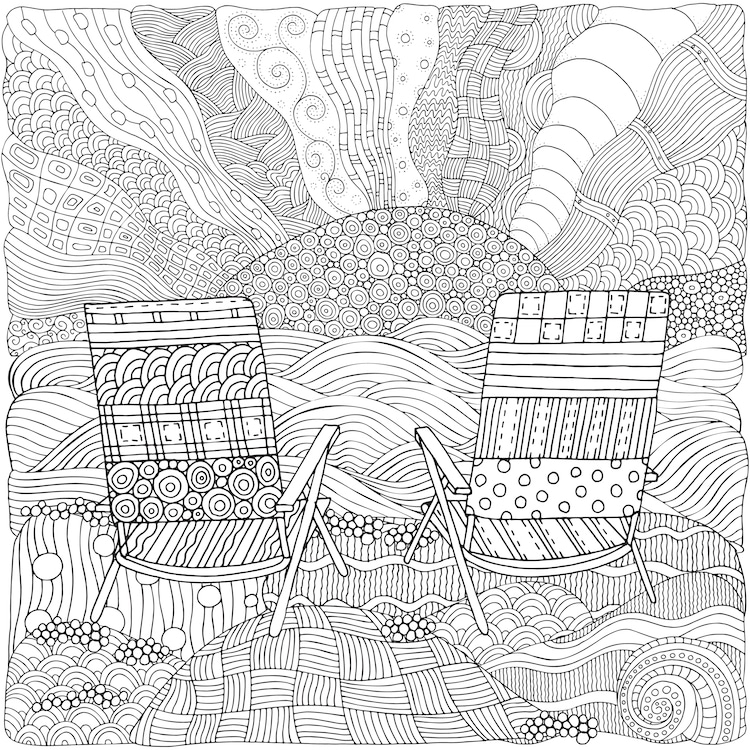
Photo: ImHope / Shutterstock
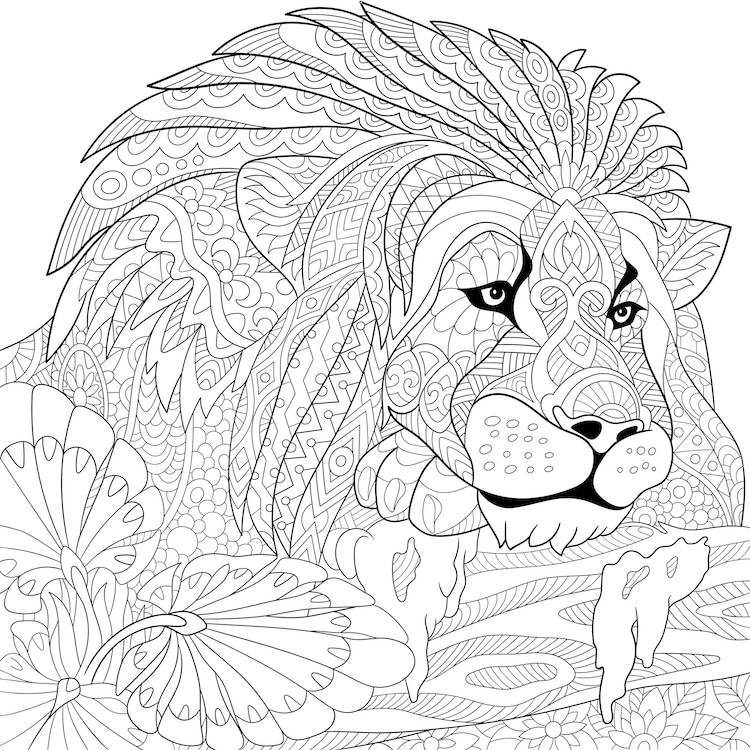
Photo: Big Boy / Shutterstock
You can even color them when you're done! Or, as @daryaarts demonstrates, you can add color by starting with a vibrant background and drawing on top of it.
View this post on Instagram
View this post on Instagram
View this post on Instagram











































































